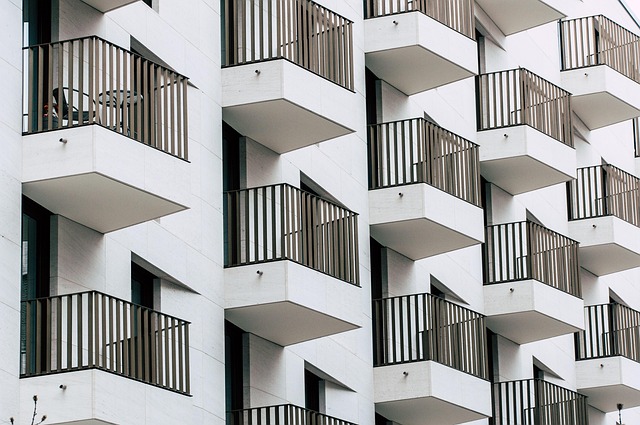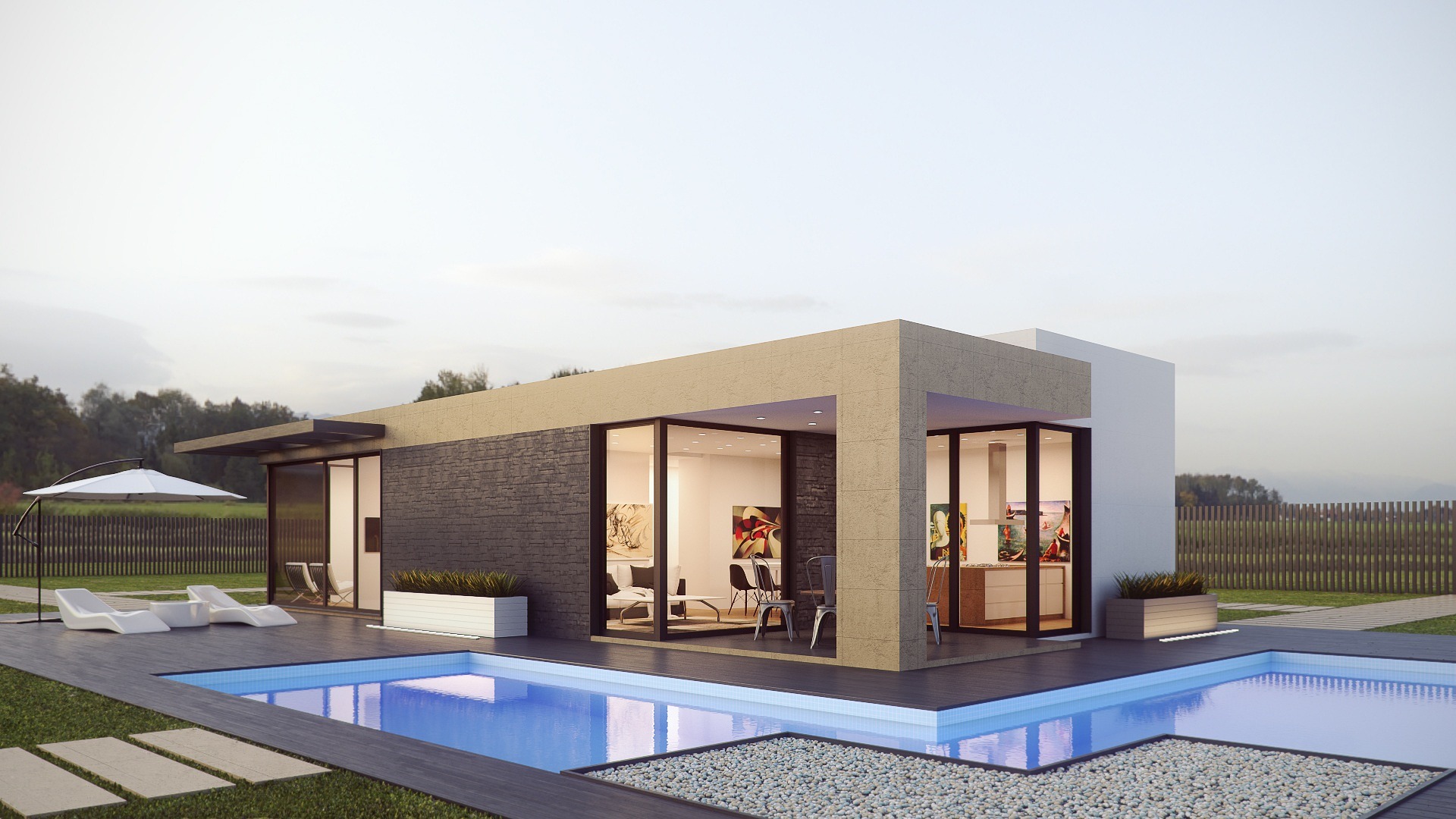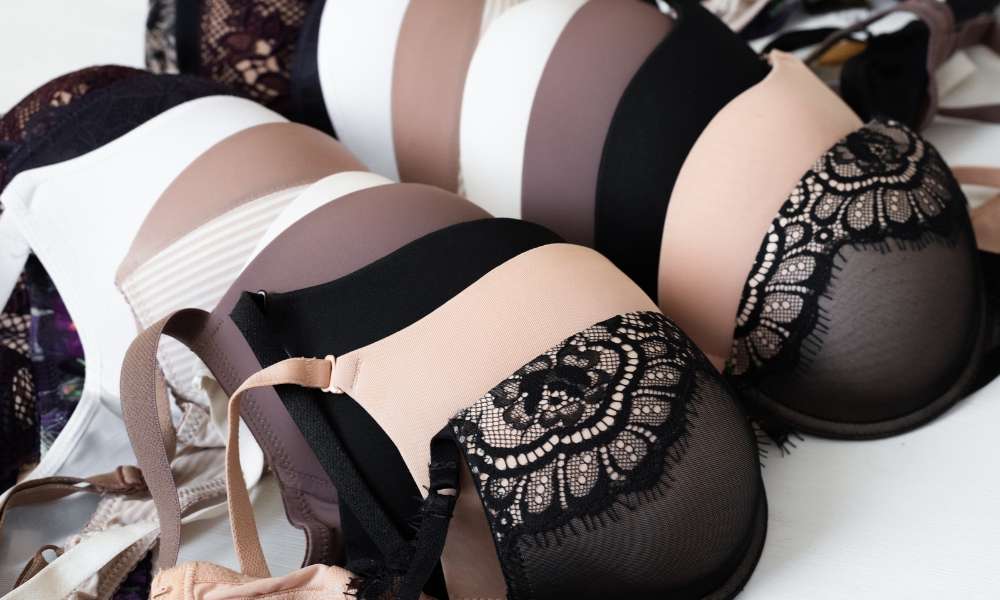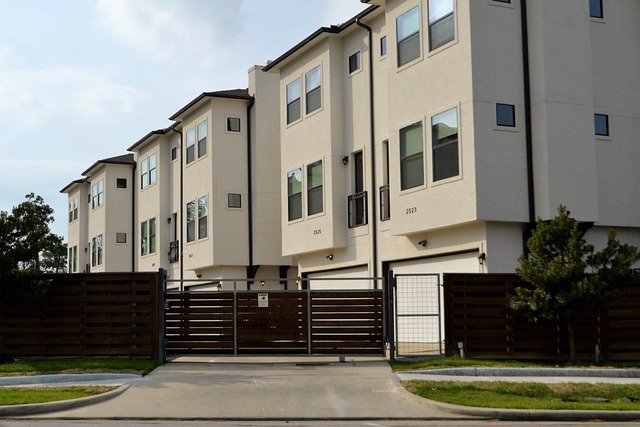Prefabricated Homes: Modern Living Solutions for Canadian Homeowners
Prefabricated homes have emerged as a transformative housing solution, offering Canadians an innovative approach to residential construction. These factory-built structures combine efficiency, sustainability, and customization, challenging traditional home-building methods. From urban centers to rural landscapes, prefab homes are redefining how Canadians think about housing design, construction, and environmental responsibility.

Why Choose Prefab Homes for Modern Living?
Prefabricated homes represent a significant advancement in residential construction technology. Unlike conventional building methods, these homes are manufactured in controlled factory environments, ensuring precision, quality, and reduced construction time. Canadian homeowners benefit from streamlined production processes that minimize waste, reduce environmental impact, and provide greater design flexibility.
The advantages extend beyond mere construction efficiency. Prefab homes offer remarkable adaptability to various architectural styles, climate conditions, and personal preferences. Whether you’re seeking a compact urban dwelling or a spacious rural residence, prefabricated construction can accommodate diverse residential needs with remarkable precision.
Fast-Track Your Dream Home: Quick Prefab Construction
Construction speed is a hallmark of prefabricated homes. Traditional on-site building can take months or even years, whereas prefab homes dramatically reduce construction timelines. Modules are typically completed 50-70% faster than conventional construction methods, allowing homeowners to move into their new spaces more quickly.
The controlled factory environment enables simultaneous site preparation and home manufacturing. This parallel process means foundations can be laid while home modules are being constructed, significantly reducing overall project completion time. For Canadian homeowners facing shorter building seasons, this efficiency becomes particularly valuable.
Eco-Friendly & Efficient: Sustainable Prefab Homes
Sustainability is a core advantage of prefabricated homes. Manufacturing processes generate substantially less waste compared to traditional construction methods. Factory-controlled environments allow for precise material cutting, recycling, and minimal environmental disruption.
Modern prefab designs incorporate advanced energy-efficient technologies, including superior insulation, solar panel integration, and smart home systems. These features contribute to reduced energy consumption and lower long-term environmental impact. Many prefab homes exceed standard energy efficiency ratings, providing homeowners with both ecological benefits and potential utility savings.
Beyond the Myths: True Facts About Prefab Homes
Misconceptions about prefabricated homes persist, but contemporary designs challenge outdated perceptions. Today’s prefab homes are not limited to basic, uniform structures. Advanced manufacturing techniques enable highly customizable, architecturally sophisticated residences that compete with—and often surpass—traditional home designs.
Quality control in factory settings ensures consistent construction standards, potentially delivering higher precision and structural integrity than conventional on-site building. Computer-aided design and manufacturing technologies allow for intricate detailing and personalized architectural expressions.
Selecting Your Ideal Prefab Home: A Buyer’s Guide
| Provider | Home Types | Price Range | Customization Level |
|---|---|---|---|
| Method Homes | Modern/Contemporary | $250-$450/sq ft | High |
| Blu Homes | Eco-friendly Designs | $300-$500/sq ft | Very High |
| Pine Creek Homes | Rural/Traditional Styles | $200-$350/sq ft | Moderate |
Prices, rates, or cost estimates mentioned in this article are based on the latest available information but may change over time. Independent research is advised before making financial decisions.
When selecting a prefab home, consider factors like local building codes, site preparation requirements, transportation logistics, and long-term maintenance needs. Consultation with experienced prefab home providers and local building professionals can help navigate the selection process effectively.
Prefabricated homes represent more than a construction method—they embody a progressive approach to residential design, combining technological innovation, environmental consciousness, and personalized living solutions for modern Canadian homeowners.




